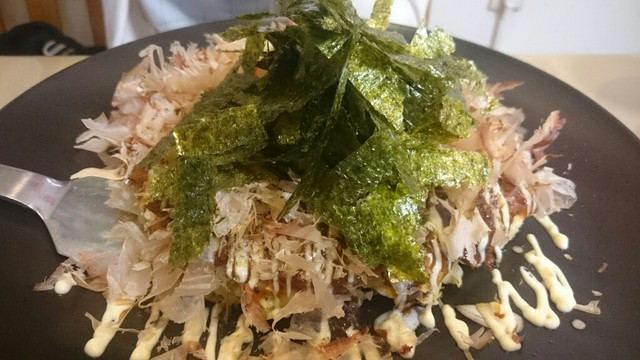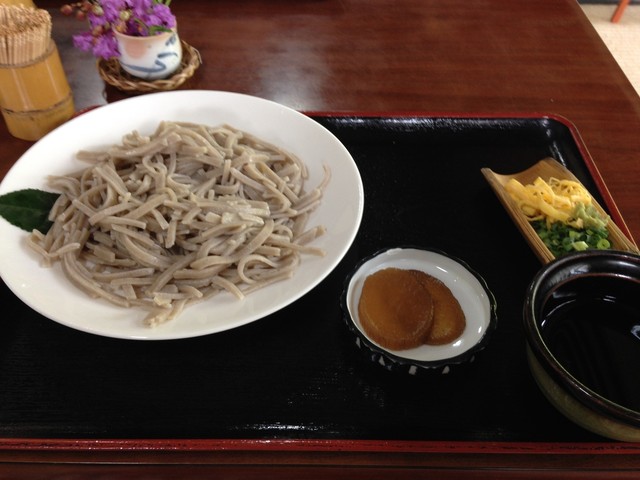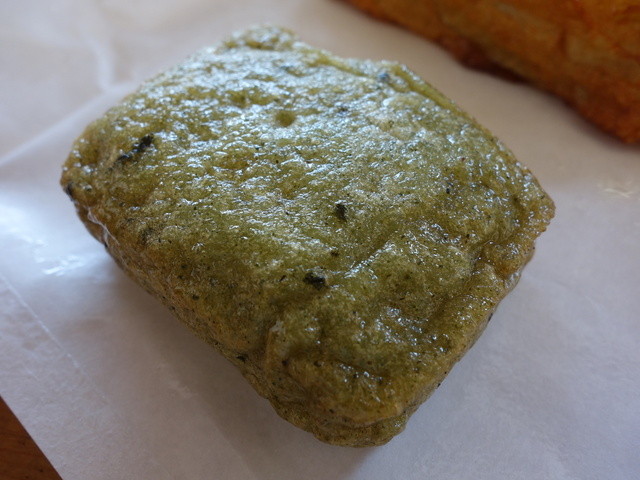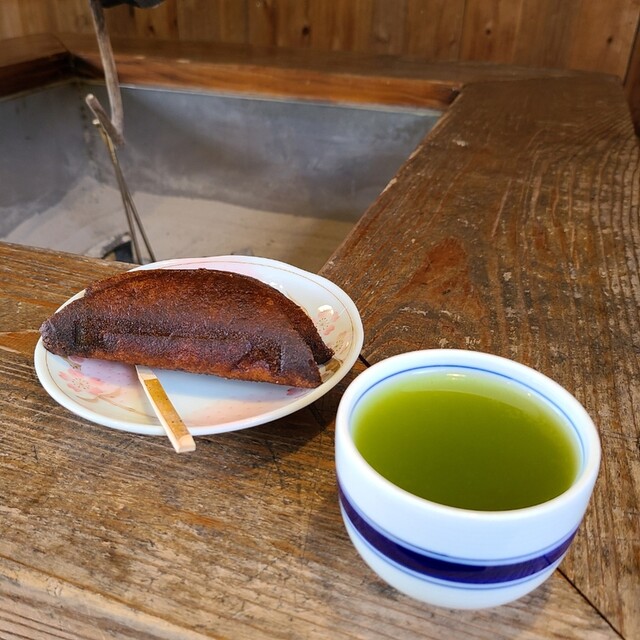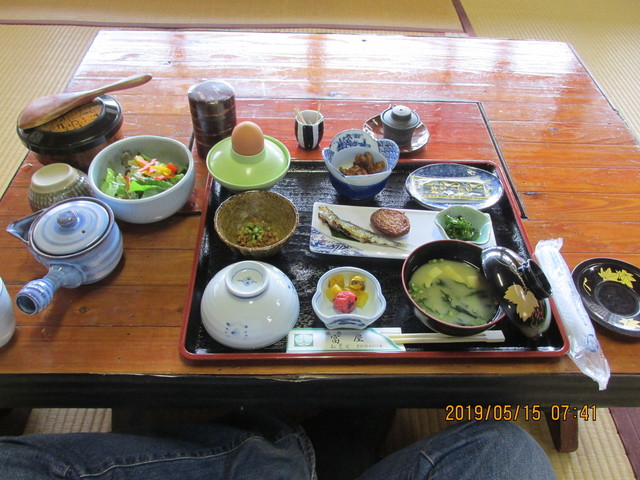
The samurai residences that remain in the Chiran Samurai Residences Garden are believed to have been built during the time of Satashi Juuhachidaime Shimazu Hisamune (1732-1772). The district is divided by stone walls, and stone monuments (magatama) to ward off evil spirits and folding screens are placed at the entrance of the residences to prevent the inside from being visible. Chiran prospered as a base for Ryukyu trade during the Edo period, and many elements of Ryukyu culture can be seen in the samurai residences. The design of the buildings and gardens incorporates elements of Ryukyu culture and aesthetics. In addition, the Chiran Samurai Residences Garden has been designated as a "Important Preservation Districts for Groups of Traditional Buildings" by the government, recognizing its beauty and historical value. The seven gardens open to the public have been designated as "Places of Scenic Beauty" by the government, allowing visitors to enjoy traditional garden beauty!









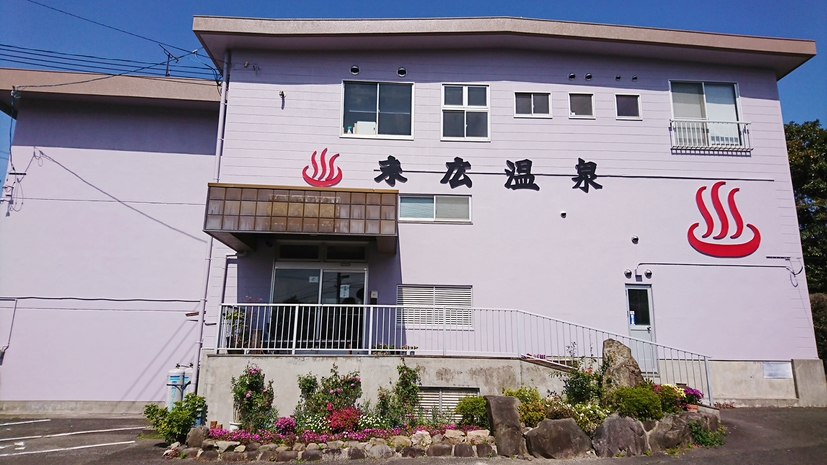

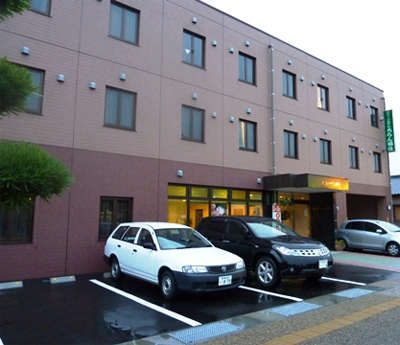











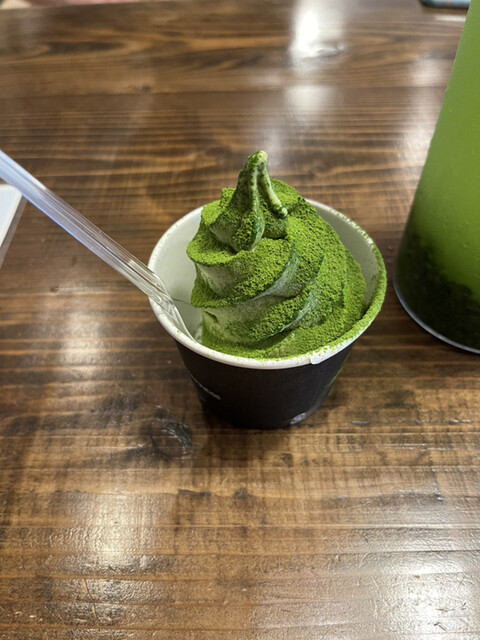
 ~¥999
~¥999
 -
-
